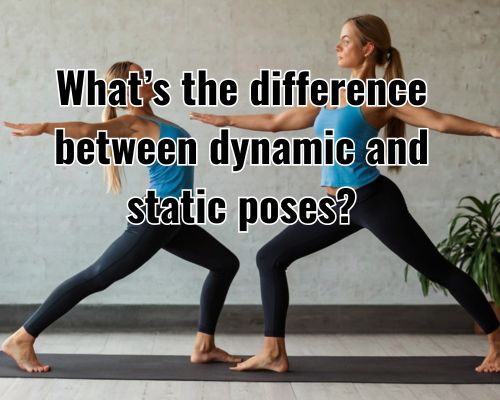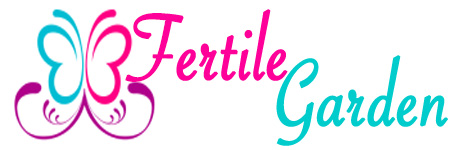What’s the Difference Between Dynamic and Static Poses? A Mornington Guide for Artists, Performers & Photographers
In the vibrant coastal town of Mornington, Australia, creativity thrives. From art galleries along Main Street to local yoga studios and performance art spaces, there’s a strong community of artists, photographers, dancers, and fitness professionals who all rely on one fundamental skill: understanding body positioning. If you’ve ever wondered what’s the difference between dynamic and static poses, you’re not alone. This distinction is critical whether you’re sketching a live model, capturing the perfect shot on camera, or guiding a client through a yoga flow.

With Jane Benson of Bikram Yoga Mornington, we’ll unpack the key differences between static and dynamic poses, explore why they matter across different fields, and highlight how artists and creatives in Mornington can leverage this knowledge to enhance their work.
Understanding Static Poses
Static poses refer to positions of the body that are held still for a period of time. These poses are stable, balanced, and grounded. They’re often used in figure drawing classes, portrait photography, and meditation practices because they allow for a calm, intentional focus on form and detail.
Key traits of static poses:
- Emphasis on balance and symmetry
- The model or subject remains still
- Typically requires muscular endurance or relaxation
- Common in classical art and traditional yoga poses
In a local context, you might observe static poses during life drawing sessions at the Mornington Peninsula Regional Gallery, where models hold poses for several minutes while artists carefully capture proportion, shadow, and anatomy. The stillness allows for a deep study of the human figure.
Photographers in Mornington’s natural coastal environments also use static poses to emphasize emotion, elegance, and timelessness—often seen in bridal or fashion shoots against the serene backdrop of Mothers Beach or The Pillars.
What Makes a Pose Dynamic?
In contrast, dynamic poses are all about motion, energy, and flow. They capture a moment in time where the body is either moving or appears to be moving. This type of pose brings life and momentum into art, photography, and performance.
Key traits of dynamic poses:
- Implied or actual movement
- Asymmetrical, unbalanced forms
- Muscles are activated to create tension or momentum
- Common in sports photography, dance, action art, and animation
For example, if you’re watching a dancer leap during a performance at The Mornington Peninsula Theatre Company, the freeze-frame of that leap is a dynamic pose. Similarly, a surfing action shot at Point Leo Beach captures the essence of dynamic motion. These poses convey strength, effort, and the flow of energy through the body.
Applications Across Creative Fields in Mornington
Understanding the difference between dynamic and static poses isn’t just theoretical. It has practical applications across several creative disciplines found locally in Mornington:
1. Figure Drawing and Art
Artists working out of Mornington Art Studios or participating in community art events benefit from using both types of poses in their sketches. Static poses allow artists to refine proportions, while dynamic poses help express narrative and emotion.
2. Photography
Photographers in the Mornington Peninsula area often blend both static and dynamic poses, especially for portrait and lifestyle shoots. A static pose might suit a relaxed beach family session in Mount Martha, while dynamic poses could enhance a fashion shoot near Red Hill’s vineyards, where movement complements fabric and setting.
3. Yoga and Wellness
Yoga instructors at places like Bikram Yoga Mornington emphasize static poses to build strength and focus, but flow-based styles like Vinyasa or Power Yoga rely on dynamic movements between poses. Understanding this helps instructors sequence their classes more mindfully.
4. Dance and Theatre
At Peninsula School of Dance, both static and dynamic movements are trained. A dancer may pause momentarily in a static position to build tension before transitioning into a fluid sequence. Theatre actors also use body posture—dynamic for emotion and static for emphasis.
5. Sports and Fitness Coaching
Trainers and sports coaches across Mornington’s fitness centers and sports clubs (like those at Civic Reserve) use this knowledge to improve athletic performance. Static holds like planks build stability, while dynamic movements like sprints or plyometric jumps build agility and explosive strength.
How to Identify and Use Each Pose Effectively
Whether you’re behind the camera, sketching with charcoal, or coaching movement, knowing when to use each pose makes your work more powerful.
Use Static Poses When:
- You want to highlight form, structure, or symmetry
- The goal is to create a sense of calm, control, or elegance
- Working with beginners in yoga or art
- Capturing moments of stillness, meditation, or reflection
Use Dynamic Poses When:
- You want to convey movement, energy, or emotion
- The subject is athletic, expressive, or action-oriented
- Telling a story through movement or implied motion
- Highlighting strength, tension, or flow
Bringing It Home to Mornington
The diverse and creative communities around Mornington—from Mount Eliza to Dromana—make it an ideal location to explore and apply the art of body positioning. From local art festivals and wellness retreats to outdoor photography workshops, understanding what’s the difference between dynamic and static poses empowers you to communicate more clearly, creatively, and confidently.
In this thriving region of the Mornington Peninsula, where natural beauty meets artistic expression, mastering the language of poses can elevate your work—whether you’re sketching waves of movement, guiding a yoga class, or snapping that perfect sunset silhouette.
Final Thoughts
So, what’s the difference between dynamic and static poses? It all comes down to movement versus stillness, energy versus stability. But both serve a purpose—and both can enhance your creative vision when used with intention.
If you’re in Mornington and looking to level up your skills, consider attending a local figure drawing class, booking a photography workshop, or joining a movement-based creative retreat. There’s no better place to explore the nuances of human form than this coastal haven where art, motion, and mindfulness beautifully intersect.
